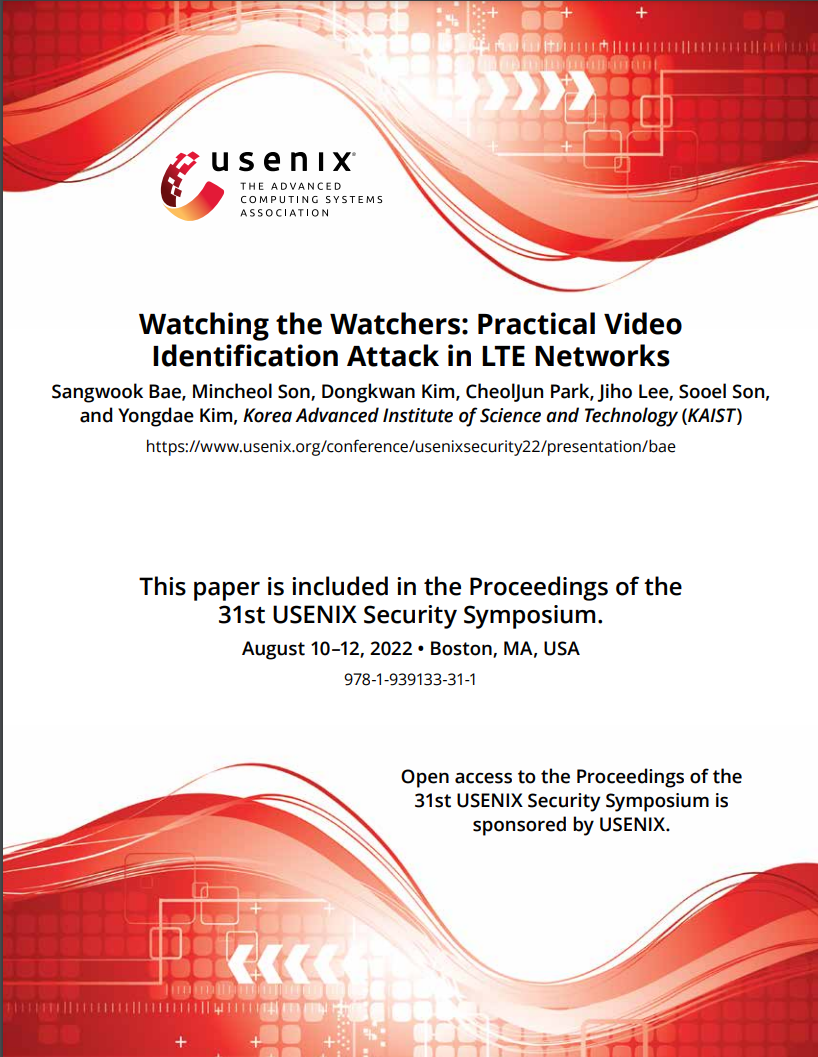COSPAS-SARSAT is an International programme for “Search and Rescue” (SAR) missions based on the “Satellite …
High consequence junk hacking
2 stars
This paper predictably finds a lack of authentication and cryptographic protections in a legacy RF protocol that is designed to work around the world for life-saving signals. While they determine is it possible to spoof a signal in a lab environment, and call for improved authentication, etc. they fail to include the international legal framework surrounding these signals, and the fact that in a safety-critical environment, a signal discarded due to lack of nonce freshness is more risky than allowing bad actors with drones to send illegal signals.



